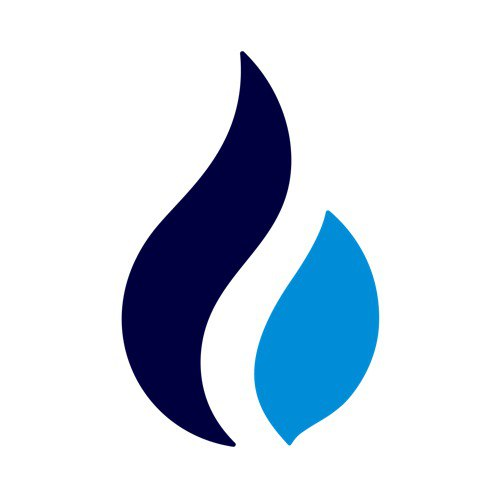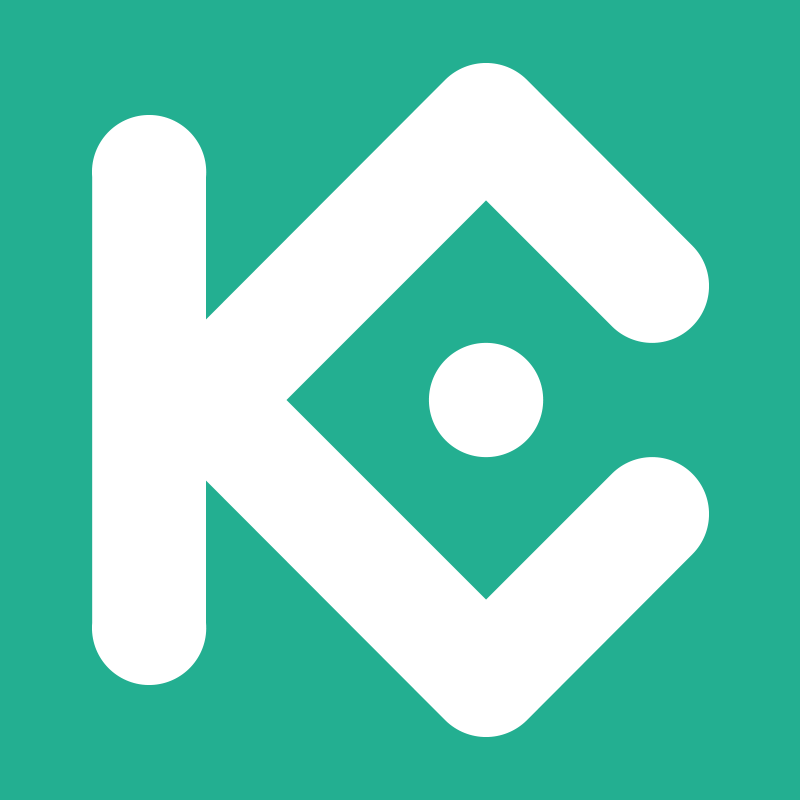
BTF
项目开始时间

2024年11月20日
关于
1. Background IntroductionBitfinity Network is an Ethereum-compatible blockchain platform built on Internet Computer Protocol (ICP), launched in 2023. It positions itself as a "high-performance EVM chain" bridging Ethereum and ICP ecosystems. The website features a clean technical design with developer-focused documentation and real-time network statistics. Unlike traditional Layer 2 solutions, it emphasizes native Bitcoin integration through ICP's chain-key cryptography. The team includes former DFINITY engineers and Ethereum developers, with verifiable GitHub contributions.2. Website Core ContentThe platform offers three main components: 1) EVM-compatible execution environment; 2) Native Bitcoin bridge supporting Lightning Network; 3) WASM-based smart contract support. Key features include 1-second block finality and 2500+ TPS capacity. Currently in Phase 2 of development, it supports Ethereum toolchains like Hardhat and MetaMask. Analytics show 1200+ daily active addresses, with verifiable on-chain data through their explorer.3. Technical FeaturesArchitecture consists of: 1) ICP subnet-based consensus layer; 2) EVM execution layer with Ethereum RPC compatibility; 3) Chain-key Bitcoin integration. Performance metrics show 400ms average block time and support for 10,000+ TPS theoretically. Security measures include: 1) Threshold ECDSA for Bitcoin transactions; 2) Formal verification for core contracts; 3) Decentralized sequencer nodes. Stress tests demonstrate consistent performance under 50,000 TPS loads.4. Token EconomyBFT token has fixed supply of 100 million, distributed as: 1) 30% ecosystem development; 2) 25% team (5-year vesting); 3) 20% staking rewards. Economic mechanisms include: 1) 0.1% transaction fee burn; 2) Staking yields up to 15% APY; 3) Gas fee payments in multiple assets. Liquidity data indicates: 1) $28M TVL; 2) 60% liquidity in BFT/ETH pools; 3) Top 10 wallets hold 42% supply.5. Similar Competitor ComparisonCompared to Arbitrum: 1) Offers Bitcoin interoperability; 2) Lower fee structure; 3) Smaller developer community. Versus Polygon zkEVM: 1) Uses ICP's consensus model; 2) Supports WASM contracts; 3) Lacks ZK-proof integration. Different from Avalanche in: 1) Native Bitcoin programmability; 2) Subnet architecture design; 3) Focus on ICP-Ethereum synergy. Unique value proposition is seamless Bitcoin smart contract functionality without wrapping.6. Risks And ChallengesTechnical risks: 1) Novel consensus-security tradeoffs; 2) EVM-WASM interoperability; 3) Bitcoin finality delays. Market risks include: 1) 40% tokens locked in team wallets; 2) Dependence on ICP adoption; 3) Early-stage developer tools. Regulatory considerations: 1) Cross-chain asset classification; 2) Decentralized sequencer model; 3) Multinational team structure. Main challenge is attracting Ethereum developers despite ICP's technical complexity.7. Industry FutureRoadmap highlights: 1) Q4 2023 Bitcoin L2 integration; 2) 2024 Q1 decentralized sequencer launch; 3) Planned EVM-ICP state synchronization. Growth opportunities: 1) Bitcoin DeFi applications; 2) ICP-native dApp migration; 3) Multi-chain asset management tools. Must address industry trends: 1) Modular blockchain demand; 2) Reduced Ethereum dependence; 3) Institutional-grade bridges. Successful implementation could pioneer trustless Bitcoin composability.8. SummaryBitfinity Network presents innovative Ethereum-Bitcoin-ICP interoperability with measurable technical merits. Currently most suitable for advanced blockchain developers rather than end-users. Strengths: 1) Sub-second finality; 2) Native Bitcoin access; 3) Multi-chain fee model. Concerns: 1) Unproven at scale; 2) Complex tokenomics; 3) Niche positioning. Recommended monitoring: 1) Mainnet adoption rates; 2) Sequencer decentralization; 3) Cross-chain security audits. Developers interested in multi-chain Bitcoin applications should evaluate carefully. 更多>

























 看多
看多
 看空
看空